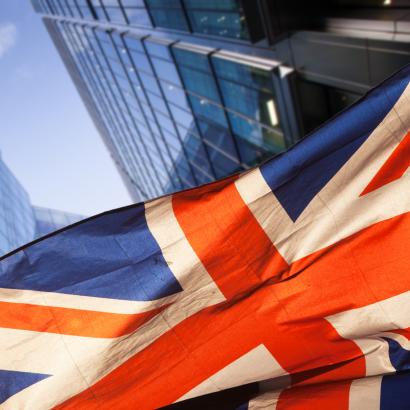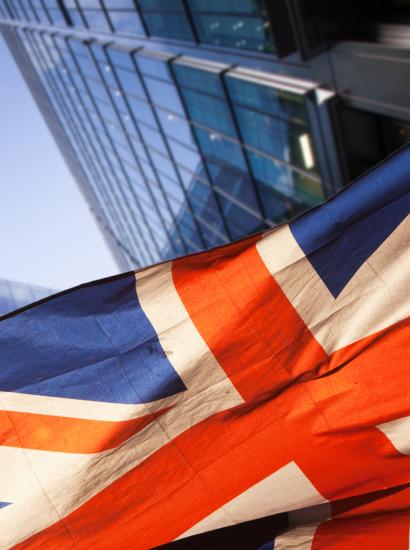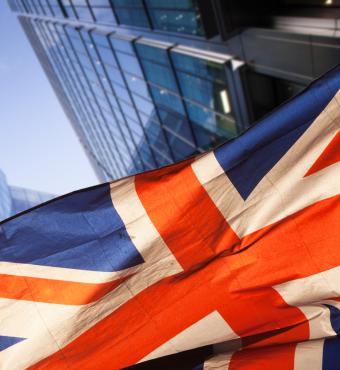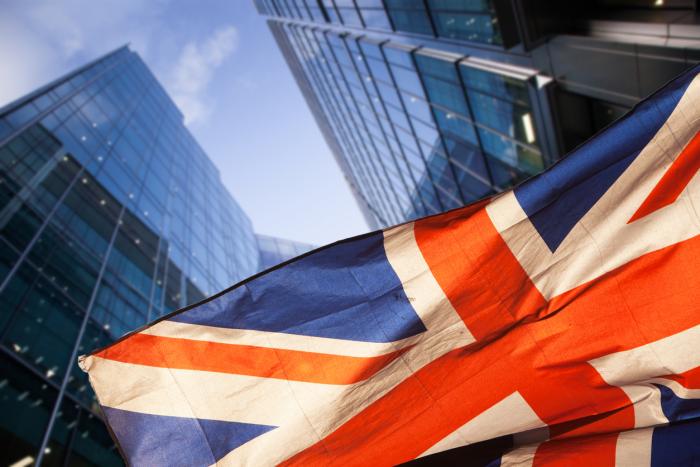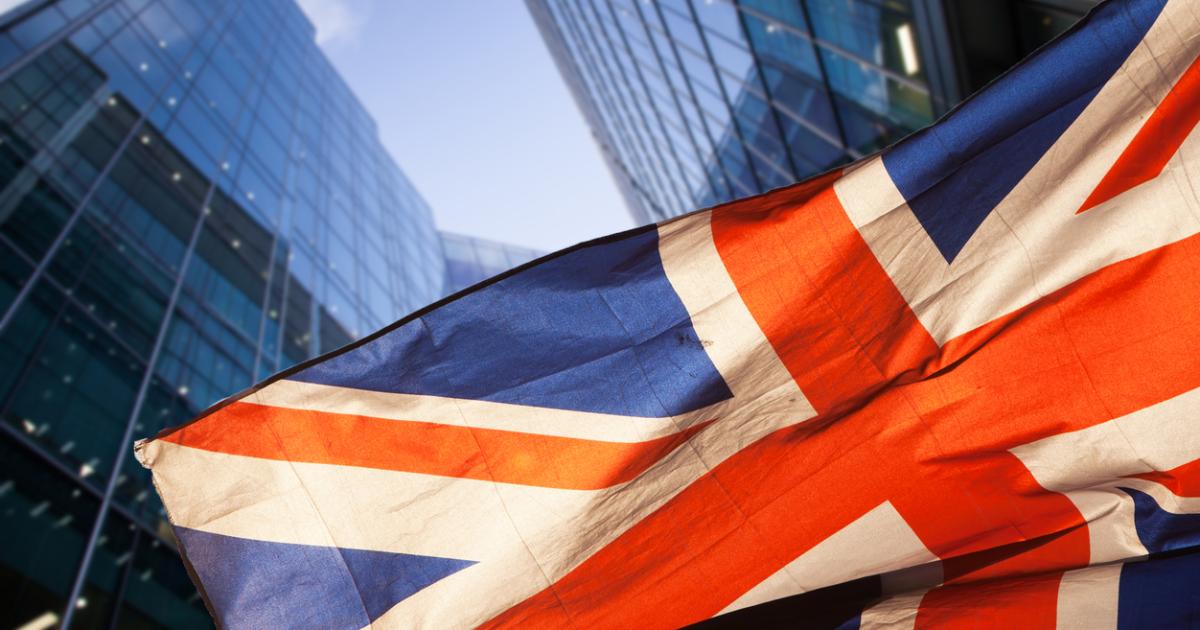On the unlikely election day of July 4, the British people gave Prime Minister Rishi Sunak and the Conservative Party the “bum’s rush.” After fourteen years in power (although the first five were in coalition with the Liberal Democrats), the party was divided, demoralized, and dog-tired. It had outlived its political welcome, and to the surprise of nobody, was decisively defeated.
In a previous essay, I reviewed this political earthquake, the rules of the British electoral game, and the unique features of its multiparty democracy. This essay discusses why Britain decided to “swap horses”—to quote Abraham Lincoln, whose statue sits outside the UK Supreme Court—and the new Labour government’s opportunities and challenges.
Although a variety of controversies and events have transpired since the election, this essay focuses on the contest itself and its immediate implications. In a subsequent essay, I will consider how the Tories might respond in order to maximize their chances of returning to power in the next election.
A classic “change” election
In Britain, pundits naturally look to the electoral past to try to understand the present. Many have compared the recent election with the 1997 contest, when Tony Blair and Labour won a resounding victory over an incumbent Conservative government.
From the American perspective, the best parallel might be the 1992 victory of Bill Clinton over George H. W. Bush. After twelve years of Republicans in the White House and fourteen years of Tories in Downing Street, many voters in both nations were looking for change. In each case, the center-left party made this decision easier by choosing leaders who were closer to the middle than were their predecessors. In America, Walter Mondale and Mike Dukakis were replaced by Bill Clinton, while in Britain, Ed Miliband and Jeremy Corbyn were replaced by Keir Starmer. Democrats and Labour also benefited from an economy that many saw as sluggish.
In addition, Bush and Sunak both faced populist “third party” challengers. In 1992, Texas businessman Ross Perot ran an independent campaign, and while he received no Electoral College votes, he did win 18.9 percent of the popular vote. In 2024, Sunak and the Conservatives faced Nigel Farage and the Reform Party, which won only five parliamentary seats but received 14.3 percent of the popular vote. In both countries, we find debates about whether and how these challengers influenced election outcomes. In both instances, the winner did not receive a majority of the popular vote; Clinton won 43 percent and the Labour Party won 34 percent.
Despite claims in the 1990s that the American party system was being disrupted, the status quo soon returned. Ross Perot ran again in 1996, this time as the nominee of the Reform Party, but his popular vote shared dropped to 8.4 percent, and he again received no Electoral College votes. In 2020, the party nominated conservative writer and commentator Pat Buchanan, who received only 0.43 percent of the popular vote. In that year, the Republicans led by George W. Bush won the political trifecta: the White House, the House of Representatives, and the Senate.
The unprecedented American economic expansion of the 1990s displaced the politics of populism, or at least kicked that can down the road for a quarter century. This may have lessons for today’s Conservative Party, which is pondering why it lost and how to come back. Some argue that the Tories should embrace populism, but the American experience indicates that the path to power goes through economic growth and the political middle.
Why did Labour win (and the Tories lose)?
Explaining an election outcome is a complicated task that is beyond the scope of any essay. However, several factors have been widely discussed, and post-election polling data provide more quantifiable insights.
One argument is that the Tories were in power for too long, and with too little to show for it. Fourteen years was long enough to create voter fatigue but apparently not long enough to solve the problems ailing Britain. This also created challenges for the Tories in the campaign, as any criticism of Labour on policy grounds could be met with the immediate rejoinder, “So, why didn’t you fix that during the past fourteen years?”
In addition, the Labour Party successfully moved toward the political middle after the Jeremy Corbyn experience. A common metaphor for this challenging task was that Keir Starmer was carrying a “Ming vase” across a polished floor. The party might slip up at any moment and bring the whole project crashing down, so he exercised what some saw as ruthless leadership.
This moderation proved successful because it prevented the Tories from scaring voters with the prospect of a radical, left-wing government. Although the British media were obsessed by Starmer’s allegedly “boring” personality, this may have been a positive for some voters after fourteen years of Tory drama and infighting.
A wide range of specific policy problems have been suggested as contributing to the Tory defeat, which is consistent with the retrospective voting view of elections. Although the policy promises of party manifestos receive a great deal of attention, the lens of incumbent performance is an entirely rational way for voters to make choices. Given the number of challenges facing Britain, and the number of years the Tories had to address them, why should voters prioritize promises about the future over the reality of recent experience?
This also addresses the claim that Labour did not win as much as the Tories lost, and so Starmer has a limited mandate to enact significant changes. In a democracy, however, candidates and parties receive a mandate by winning, and the voters are free to choose any criteria—prospective or retrospective—they want. To claim otherwise is like arguing that Ronald Reagan did not win in 1980 as much as Jimmy Carter lost, and therefore the Gipper had a limited mandate.
The following list includes many of the policy issues and controversies that collectively helped to shape the election outcome. It may appear long but undoubtedly omits some factors. They can only be mentioned and not described because of space constraints. Taken together, they also indicate the scale of the challenge facing the new Labour government:
Weak economic growth
National Health Service (NHS) crises
Increased cost of living
High housing costs
Liz Truss “disastrous” mini-budget
Highest tax burden in seventy years
Conservative Party factionalism
Failure of “Stop the Boats” and Rwanda plan
Austerity, including cuts to police and libraries
Failure to “level up the north”
High legal immigration
River and coastline pollution
Overcrowded prisons
Brexit problems; regret, economic impact, and trade deals
Social care strains
Declining military capabilities
City and town financial strains and bankruptcies
High child poverty
Increased food bank usage
Train and rail network problems
Higher education funding crisis
A post-election analysis by More in Common found evidence of 2024 as a “change” election. The three then-largest parliamentary parties—Conservatives, Labour, and the Scottish National Party (SNP)—saw vote declines across most or all of their constituencies. A public opinion survey also found that the large majority of respondents (and even 48 percent of Tory voters) chose “incompetent” as the main explanation of the Tory defeat. Relatively few chose the other options of “too right wing,” “too left wing,” or “don’t know.”
Voters were also asked to choose up to three key issues in the election, and “cost of living” (63 percent) and “supporting the NHS” (53 percent) were the top two. Immigration was third (28 percent) and “asylum seekers crossing the channel” was fourth (21 percent), followed by “climate change and the environment” (18 percent), “affordable housing” (15 percent), “crime” (14 percent), and a variety of other issues at 10 percent or less. More in Common summarized these results as follows: “The immigration election? A top issue, but pales in comparison to cost of living and NHS.”
Media coverage, by contrast, did not reflect these priorities. According to a Loughborough University study, “Taxation reigned supreme in General Election media coverage, with the NHS, housing, the environment, and social care receiving little attention.”
The challenges for Labour
As this suggests, Starmer faces a wide range of serious policy problems. We often read that public services are collapsing, the economy is underachieving, the environment is polluted, Brexit has failed, and nothing works anymore. We need not see Britain as becoming a “failed state” to acknowledge that few easy answers are available. The Labour manifesto ruled out a variety of tax increases, and while the party may backtrack using the “things are worse than we thought” justification, no magic money tree will come to the rescue. The only solution is long-term economic growth, which is easier said than done.
The retrospective voting dynamic discussed above may have helped Labour in 2024, but if Starmer cannot make sufficient progress on such problems, then the electorate could turn against the party in the next election. Voters may have decided they were not better off after fourteen years of Tory rule, but there is no guarantee they will see the situation as improved in another four or five.
As noted in my previous essay, Labour faces almost no institutional obstacles to policy, regulatory, and constitutional reform. With an enormous majority and a diminished Tory opposition, the key question is, how bold will Labour dare to be? In the United States, we are used to parties with even slim majorities trying to shove their policies down the throats of the American people. Labour has an opportunity that Democrats and Republicans can only dream about, but will Starmer use it (for better or worse)?
As Franklin Roosevelt said in his First Inaugural Address, “the only thing we have to fear is fear itself—nameless, unreasoning, unjustified terror which paralyzes needed efforts to convert retreat into advance.” Will Labour look with fear at the polls, the Westminster bubble, or the tabloid press? Will it endlessly speculate on how laws passed today might affect the next election? Will the caution of the campaign carry over into governing?
Another challenge for Starmer will be managing the factions within his large parliamentary majority. As in the US Congress, sometimes a larger majority leads to a less coherent party. In late July, Starmer suspended seven Labour MPs for voting for a child poverty resolution sponsored by another party. This is termed “removing the whip” and is a nuclear option for party leaders, so he surprised many by pushing the button so early. One perspective is that Starmer seized an opportunity to continue purging the Corbynite Labour left, as the last thing he needs is a parliamentary equivalent of “The Squad” in the US House. Another is that he wanted to send a message to the public that Labour will govern in a manner that contrasts with Tory indiscipline and infighting.
Either or both explanations may be true, but his actions could be a sign of trouble to come. If left-wing parliamentarians join the Greens or form an alternate alliance, this could siphon away Labour votes in 2029. And among the electorate, a generational problem may be emerging for Labour, as Green Party support is growing among young voters.
At the moment, the nature of multiparty competition is working in favor of Labour. For decades, the progressive vote was divided among multiple parties: Labour, Lib Dems, SNP, Plaid Cymru, and Greens. By contrast, conservative voters typically had one choice, with the exception of the occasional Eurosceptic or far-right party. Now it is the turn of the Conservatives to face vigorous and well-publicized competition in their ideological space.
For Labour, the question is whether splits in the progressive vote will re-emerge once memories fade of what former Conservative minister Michael Gove (and now Spectator editor) called “fourteen years of Tory misrule.” How long can Labour wave the bloody shirt of David Cameron, Theresa May, Boris Johnson, Liz Truss, and Rishi Sunak?
After the election
At the time of this essay’s publication, Labour and Starmer are experiencing the turbulence that can follow even the largest electoral victory. It was inevitable that the euphoria of summer would be dampened by real and manufactured scandals, polling fluctuations, legitimate and opportunistic policy controversies, and a rough and tumble media environment. We already read that Labour is struggling and the honeymoon is over.
Even Larry the cat, who represents continuity at the heart of power, must adapt to shifting post-election circumstances, as Keir Starmer brought two new cats to Downing Street (Prince and JoJo).
To track these emerging dynamics is beyond the scope of this essay. Nevertheless, the world will be watching to see if Labour can take advantage of its historic victory to change Britain for the better, particularly by augmenting economic growth. If the nation is facing the same long list of problems in 2029, however, the Tories may be well positioned to return to power—the topic of the next essay in this series.








